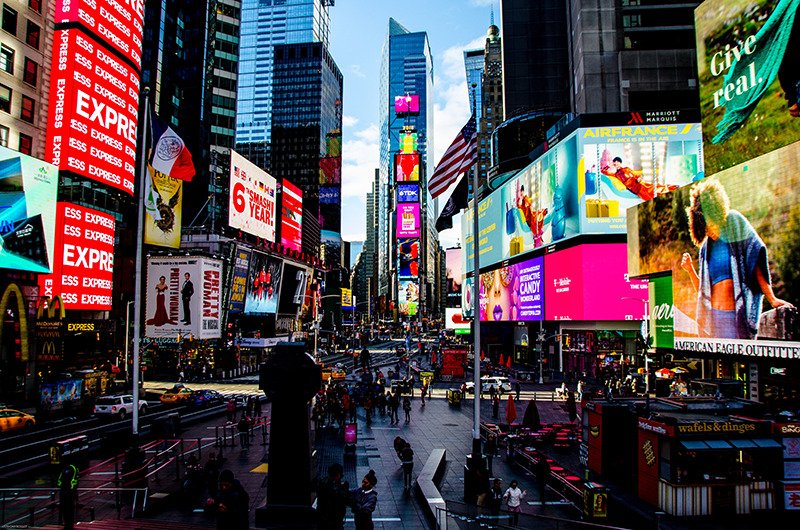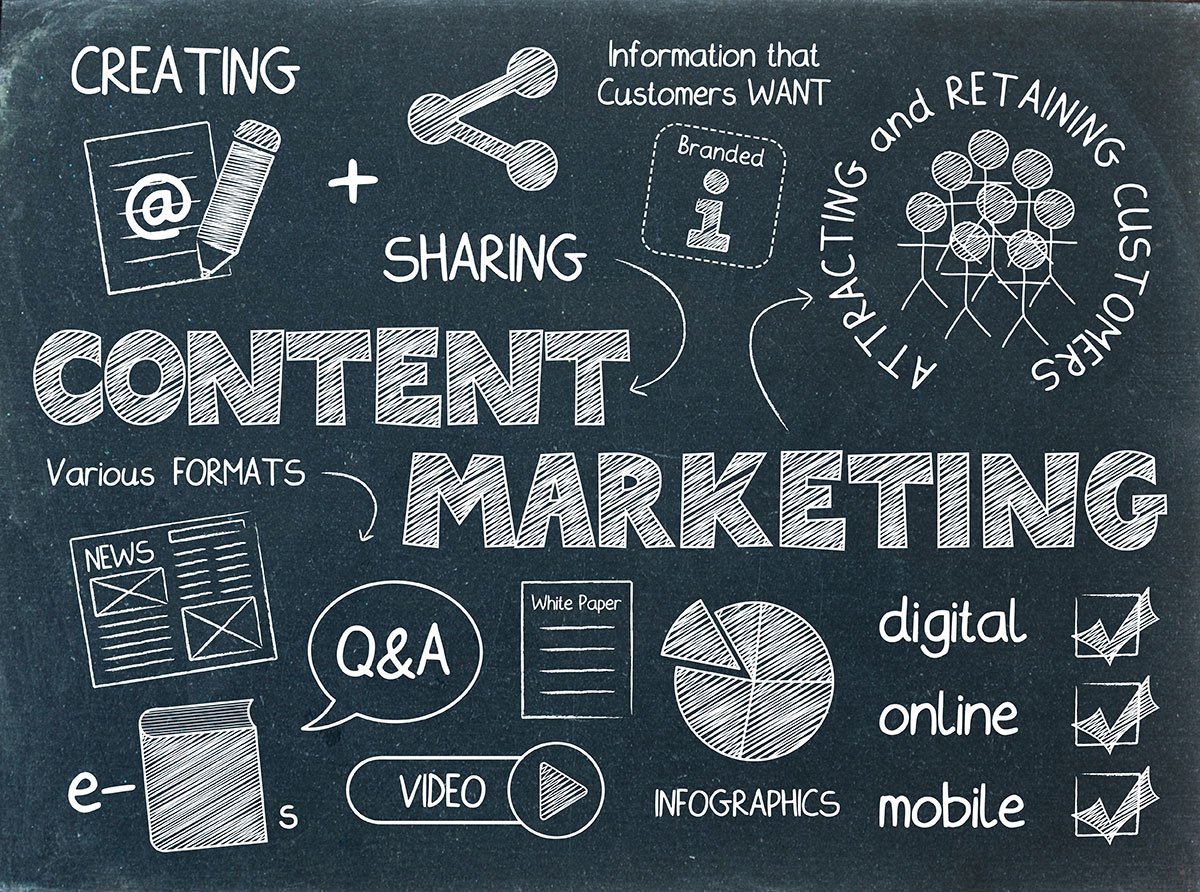What Is 'Inbound', 'Pull' Or 'Content' Marketing? Put Simply: It's Admitting Everybody Hates Paid Ads
The Internet gave buyers more solutions, and more information about those solutions. The ‘Research’ and ‘Consideration’ stages of the Buyer’s Journey are driven entirely by buyers, and comprise 80% – 90% of that journey. It’s during this stage that they don’t want to see your ads, read your brochure, or talk to salespeople.

How Many Ads Did You Ignore Today?
As marketing experts like Gary Vaynerchuk (The Thank You Economy), Marcus Sheridan (They Ask, You Answer), and Mark W. Schaefer (Marketing Rebellion) have noted, we’re seeing changes in how we buy.
These changes began to become noticeable as Web 2.0 (user-generated content, dynamic social media like Facebook and Twitter, enhanced search) appeared c. 2008 (but really manifest c. 2010), not in the late 1990’s, when the Internet gained wide adoption. There’s been a revolution: buyers are driving the sales cycle, coming to sellers on the basis of search and content, and not ads or brochures.
The difference – in terms of the volume of information (noise), the appetite for buyer-centric content (signal), and the power and necessity of search – between, say, 2006 and 2021, is dramatic.
Barriers-to-entry for new business have never been lower, so there’s a wealth of competition out there.
This all results in advantages for buyers. There have been a few terms used to describe how buyers are behaving. We call it a ‘Selective Consumption’ economy. ‘Inbound’, ‘Pull’, or ‘Content’ Marketing are simply intelligent, effective, approaches to how people purchase now; approaches that address their search, research and consideration process, and need for content.
‘Selective Consumption’ means ‘buyer’s choice’; but what does that mean at a granular level?:
- Buyers are informed. Buyers begin almost every buyer’s journey with search, or seeking information.
- Buyers are discerning and choosy. More information means buyers have to screen the information they discover.
- Buyers aren’t entitled, per se, but they do have greater expectations. They’re done being abused or forced.
- Buyers use more than just product fit or value when comparing companies and products. ‘Ease of process’ and ‘brand identity’ matter, now more than ever.
- Buyers find you. Ads mean and do less and less. Search ads may make you visible, but buyers generally ignore ads – all things being equal.
And the upshots of this new landscape: 1) Companies must differentiate, and 2) Companies should produce content to address the way buyers actually shop.
Marketing and sales have shifted from seller-centric (fewer options for consumers, less information; any given vendor had more relative power), to buyer-centric (copious options for buyers, lots of information; any given vendor has more said about them than they could ever publish or pay for, in advertising, themselves).
Every stage in the Buyer’s Journey or Sales Cycle is driven-by, and at the prerogative and pleasure of, the buyer. It only *seems* like sellers have any power at all.
Unless you’re a captive audience in a movie theater, or broken down on the side of the road, buyers are always in control – not sellers. Research validates this. Technology and even huge budgets don’t diminish this reality.
This circumstance, like any ‘crisis’, presents a danger and an opportunity for sellers (vendors or companies). The best ways to deal with competitive markets are a) differentiate through product and service offering, b) offer excellence, and c) market by producing the very content buyers are seeking when they are ‘researching’ and ‘considering’ throughout most of the Buyer’s Journey.
Ads – paid placements – can put you at the front of the proverbial line, but once there, if you don’t have something of value to say, your money is wasted. So, if you’re forced to use paid channels, we’d advise you to create voluminous, objective value, content that performs in search (SEO), and that prompts people to share your site or product offering (exergonic marketing).
Most of the clicks on the Internet are organic, by a large margin. Why? People don’t care about ads. They don’t want to see your brochure. They know sales copy is seller-centric, and not entirely honest most of the time.
They are looking for answers; information that will help them come to a decision about what works for them, they are indifferent to self-referential (brochure) content that talks about you, until the very end of the Buyer’s Journey.
The more responsive a company can be to these realities – that people are overwhelmed with options and appreciate a differentiated product, that they need information to decide if you’re right for them – the more traffic, leads, and eventually sales, they get.
Consider your own buying process:
- You have a pain-point.
- You get online and start researching and ‘considering’.
- This process may go on for hours, days, weeks, or months, but at no point in that process do you want to see ads, or read brochures.
It’s only at the very end, when your research is effectively done, that you’re interested in those things.
It’s vanity to believe that even expertly-targeted ads isn’t typically money wasted, that only results in a sale when a buyer is desperate, lazy, or just out of dumb luck.
It’s shocking that almost every marketer forgets what it’s like to be a consumer when they get behind an AdWords or WordPress dashboard.
We mapped-out the new, accepted buyer journey, and there are several sub-stages in the Awareness-Interest-Consideration stages Hubspot widely cites.
Buyers drive the sale. Buyer-centric content that responds to the buyer-driven Sales Cycle means producing content that you give away – upfront – that is useful, relevant, and well-conceived.





